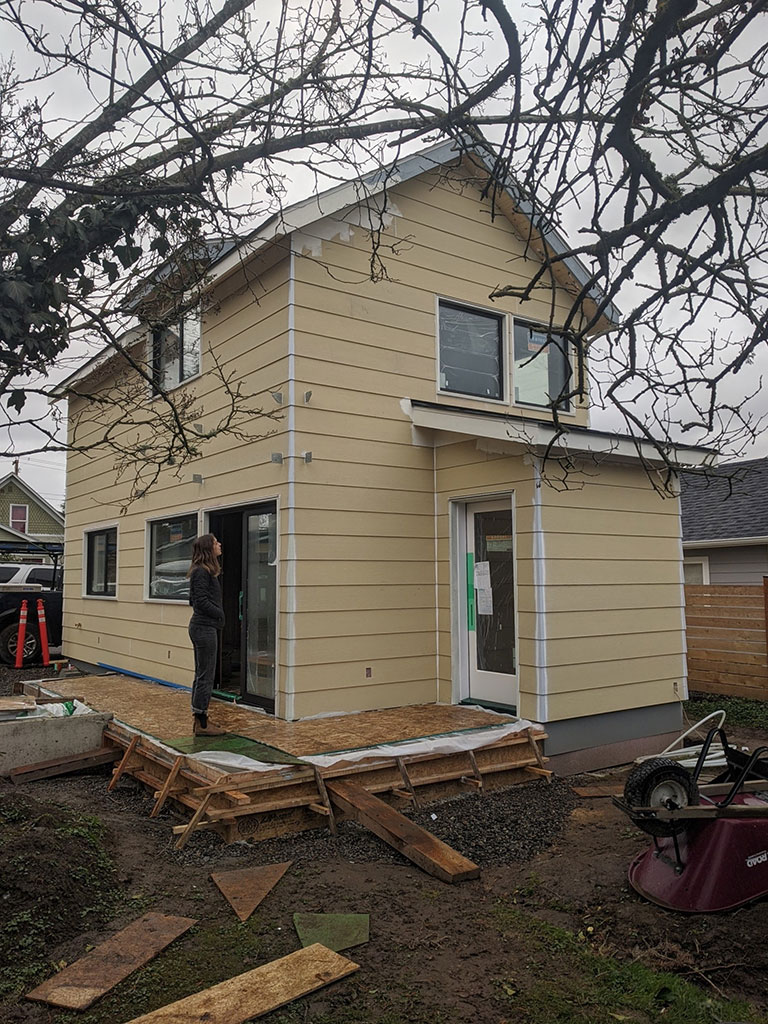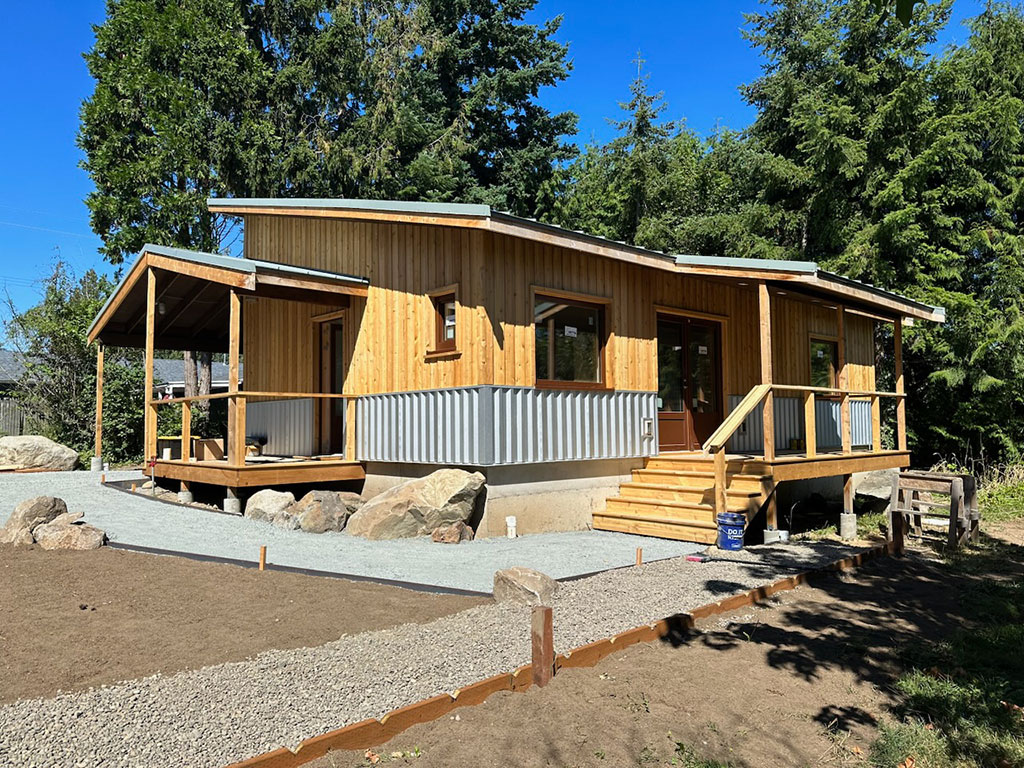Accessory Dwelling Unit


What is an ADU
An accessory dwelling unit (ADU), also known as a granny flat, in-law unit, backyard cottage or laneway house, is a secondary housing unit on a single-family residential lot. ADUs can be converted portions of existing homes, additions to new or existing homes, or stand-alone buildings.
ADUs are typically smaller than the main house on the property, and may have fewer bedrooms and bathrooms. However, they must provide for living, sleeping, cooking, and bathroom facilities. ADUs can be used for a variety of purposes, including housing aging parents, providing rental income, or creating a home office.
Here are some of the most common types of ADUs:
- Internal ADUs: These ADUs are created by converting a portion of the main house, such as a basement, attic, or garage.
- Attached ADUs: These ADUs are built as an addition to the main house.
- Detached ADUs: These ADUs are freestanding structures that are located on the same lot as the main house.
No matter what type of ADU you choose, it is important to make sure that it is well-designed and constructed. This will ensure the home is safe, comfortable and provides a lasting investment.
ADU Benefits
There are a number of benefits to owners when building an ADU. Primarily, ADUs can increase the value of a property and provide a passive source of income. However, the trend we are seeing is that ADUs are perfect for intergenerational living. Most of our ADU projects are a collaboration between family members allowing grandparents to live close to their children and grandchildren.
ADUs also provide many benefits to the community. ADUs can provide additional housing which can help to reduce the cost of housing in a particular area. And with more housing in an area, alternative transportation becomes more viable allowing for walkable cities.
Permitting and Code Requirements
The specific regulations governing ADUs vary from city to city and state to state. However, most cities and states have some type of ADU ordinance in place. These ordinances typically specify the size, location, and design requirements for ADUs. They may also require that ADUs be owner-occupied or that they meet certain parking requirements.
Currently in the State of Washington, new regulations statewide allow for 2 ADUs on Single Family lots at 1000ft2 per unit. The new state rules also allow ADUs to be sold as Condominiums, which may open a new building type that reaches a demographic that would otherwise be unable to afford expensive single-family houses.
As the code is always changing, it is important to check with your local zoning department to determine the specific regulations that apply to your property. At [bundle] we can help you navigate the code and provide a feasibility for ADU development.
Lets Talk Shop
If you are considering building an ADU, drop us a line. We are experienced in navigating ADU codes and can design the perfect ADU for your property.
